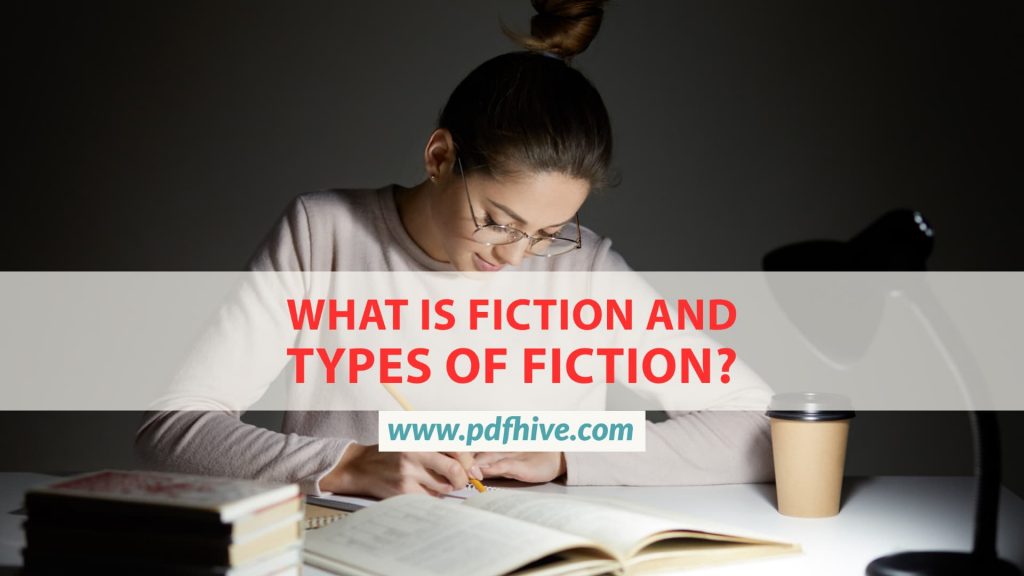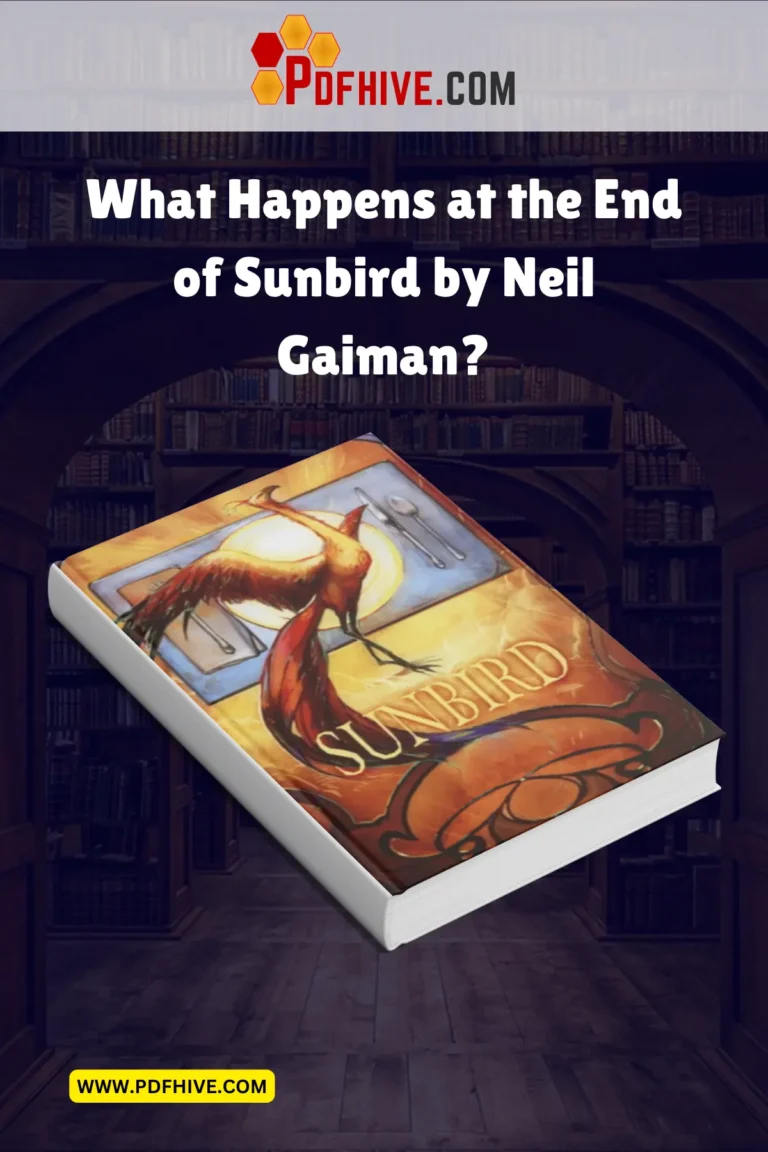Fiction can be used to describe an imaginative work. Prose can be a novel, a short story, or a novella. This was recently discovered. This definition now includes nonfiction works. Include imaginative elements such as Midnight in the Garden Of Good and Evil (John Berendt, Random House, 1994), and Dutch Edmund Morris (Random House 1999) and novels consisting essentially of Memoirs Of A Geisha by Arthur Golden (Knopf 1997) combine factual reporting with a touch of fiction. In the truest sense of the word, fiction is an invention of the writer.
Also read: What Is Nonfiction? – Definition & Examples

What Is a Novel?
Through well-written fiction, good novels reflect the human experience. Characters–and there are many approaches to writing a novel. Likewise, there are many types of novels.
Here are three main categories for novels: literary fiction, genre fiction, and mainstream fiction.
What Is Literary Fiction?
Literary fiction is often non-conventional in plot structure but contains embedded symbolism or allegory. Literary fiction tends to place character before plot. This allows for more space for the inner thoughts of characters, their backstory, and the point of view of the main character. In addition, literary fiction slows down the narrative to focus on themes and subtext.
In general, literary fiction writers are those who have studied English at universities. They also receive critical criticism in journals such as The Paris Review, The New York Review of Books, and The London Review of Books. Literature fiction can be short stories, novels, or novellas.
Some examples of literary fiction that are well-known to most readers include:
Examples of Literary Fiction
- F. Scott Fitzgerald’s This Side of Paradise(1920): Fitzgerald’s first book, which examines greed, morals, and ambition in the societal fallout from World War I, launched him to literary stardom.
- James Baldwin’s Giovanni’s Room(1956): This book explores homosexuality and bisexuality through the eyes of an American man who lives in Paris.
- Stephen Crane’s 1897 book “The Open Boat”: is a short adaptation of Crane’s personal experience as a survivor from a shipwreck.
- Richard Ford’s Sportswriter(1986): Ford’s story of a father in existential crisis after the death of his son shows the sort of internal machinations that can be found in literary fiction.
- Joyce Carol Oates’s What Will You Do? (1973): Oates’s story is a short tale that explores the thoughts of a young woman who feels she has lost her identity because she wants to be what other people (mainly men) want her to be. She is forced to consider the possibilities of her life and love after an affair.
- Edward P. Jones’ The Known World(2003): Jones examines the relationship between a former slave and a powerful white man who becomes Jones’s tutor. It is highly praised for its ability seamlessly to combine many perspectives while also highlighting the Antebellum South’s moral complexity.
- E. Annie Proulx’s Postcards(1992): Proulx’s predecessor, wildly successful shipping News? Postcards The story explores the notion of fate, industrialization, and isolation. It follows the communication of an unmoored protagonist back home to his family as he travels across the shifting American West.
What is Genre Fiction?
Genre fiction refers to a genre of fiction that is more popular and populist than literary fiction. Genre fiction typically includes genres like romance, mystery thriller, horror and fantasy.
9 Types Of Genre Fiction
To attract readers, popular genre fiction relies heavily on familiar tropes, character archetypes and templates. However, the best examples of these elements are used in unexpected and creative ways. These are the main types of genre fiction.
- Mystery: The hook is the most important element of mystery fiction. It usually involves a murder, suspenseful pacing and a satisfying ending that addresses all of the reader’s questions. The most popular mystery subgenres are cozy mysteries, true crime novels and whodunnits. James. James Patterson, bestselling author, teaches you how to write mystery novels.
- Thriller: These genres are closely related to mystery and thrillers. They increase the shock and suspense of popular genre fiction. With their thriller titles Dan Brown and David Baldacci, Stephen King is the master of contemporary horror. The category includes many sub-genres such as legal, psychological, criminal, and political espionage. Here are the key elements of a bestseller thriller novel.
- Romance: Romance novels are works of prose fiction that have a love theme. Romance novels are about the creation of a romantic relationship between people. They have an emotional through line and a tendency to lead to an optimistic conclusion. Here are some romance novel-writing prompts to get you started.
- Science fiction: Sci-fi novels often take place in a dystopian, post-apocalyptic future. They imagine alternate worlds or futures. Many sci-fi stories are set in the future or past of a dystopian society. While science fiction can be set in historical settings, most books are set in the future. They deal with the consequences of scientific and technological advancements. Here are some science fiction writing tips.
- Fantasy: You are probably familiar with J.R.R., one of the great literary figures in fantasy worldbuilding. Tolkien (C.S. Lewis, C.S. Martin. Fantasy novels are known for their fantasy characters, which include mythological creatures and medieval-style kingdoms that spread across imagined lands. There are many fantasy subgenres, including urban fantasy and steampunk. Here are some tips for writing fantasy novels.
- Young adult: Young fiction is targeted at 11-15-year-olds. However, a large number of adults are now reading YA novels thanks to the huge success of Suzanne Collins.Hunger Games Trilogy. These stories are more mature and have deeper themes than their middle-grade counterparts. Our guide teaches you how to write a young adult novel.
- Historical fiction: Historical novels allow you to look at the past through new eyes, and imagine the inner lives of characters based on historical events. Find out more about historical fiction by reading our overview.
- Magical Realism: Magical reality is a type of literature that portrays the real world with a undercurrent of magic and fantasy. The world of magical realism is grounded in reality, but the fantasy elements are normal. Magical realism novels, novellas and short stories blur the lines between reality and fantasy, much like fairy tales. This guide will help you learn everything you need to know about magical realism.
- Speculative fiction: Speculative fiction stories often take place in a familiar setting that has been twisted in some way. They might combine the familiar with the unfamiliar in an alternate history or take an idea from the current society and push it further down the road. This fiction can anticipate multiple futures even though humans may only be able to think in a short term. Find out more about speculative fiction.
What is Mainstream Fiction?
It’s mainstream when a literary novel or genre novel becomes so popular that it attracts new readers and is a bestseller, this is called a “mainstream” novel. Popularity is the defining characteristic for mainstream fiction.
3 Examples Of Mainstream Fiction
If the moment is right, any novel can become mainstream. These are some examples of classic novels:
- J.K. Rowling Harry Potter(1997): The series started as a middle-grade fantasy novel, but it created a world so captivating that adults could also enjoy it. It became a huge film and theater franchise.
- Stephen King’s The Stand(1978): Stephen King’s horror novels can be enjoyed by anyone. Books like The Shining? Carrie And It All became part of pop culture’s zeitgeist.
- Dan Brown’s The Da Vinci Code(2000): This book and its sequels combine elements from historical fiction with a fast-paced thriller pace. They appeal to art history enthusiasts and suspense-seekers alike. Here’s how Dan Brown, bestselling author, teaches you how to write thriller novels.



